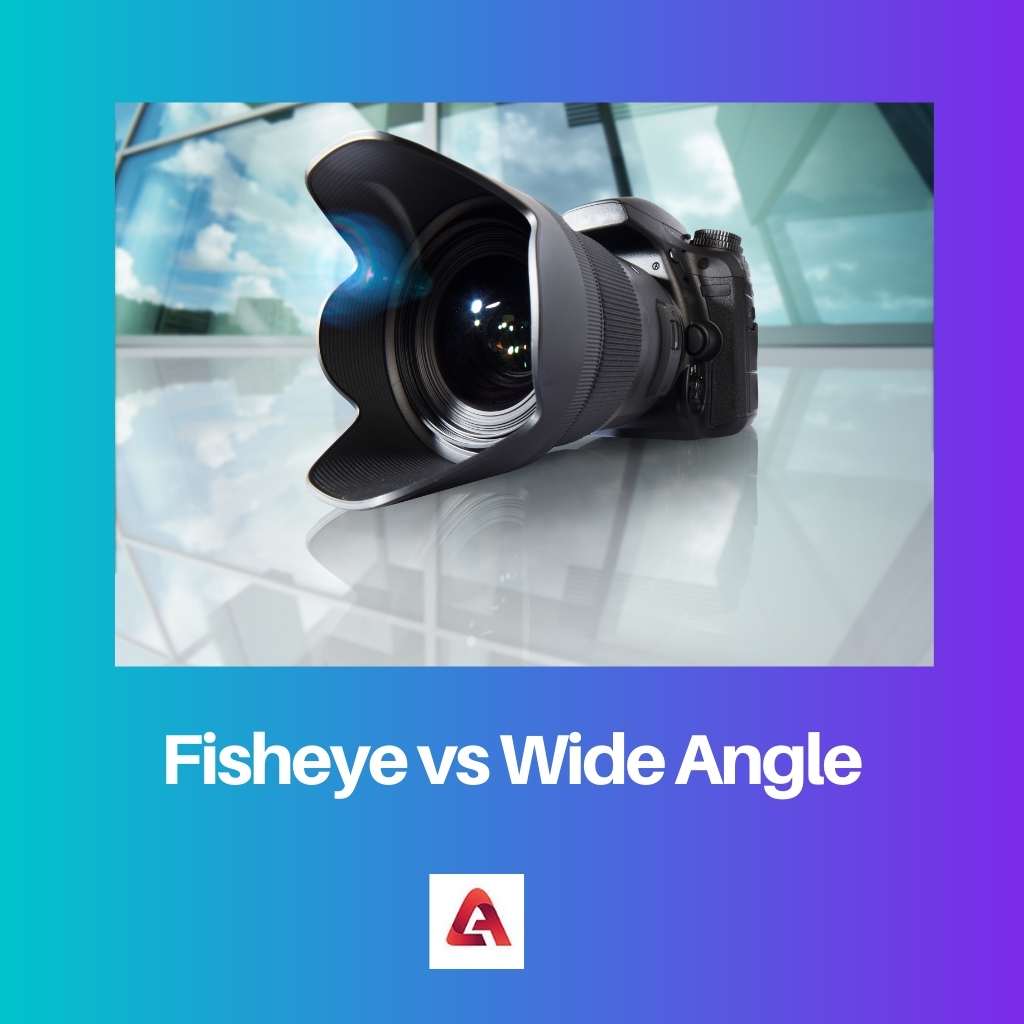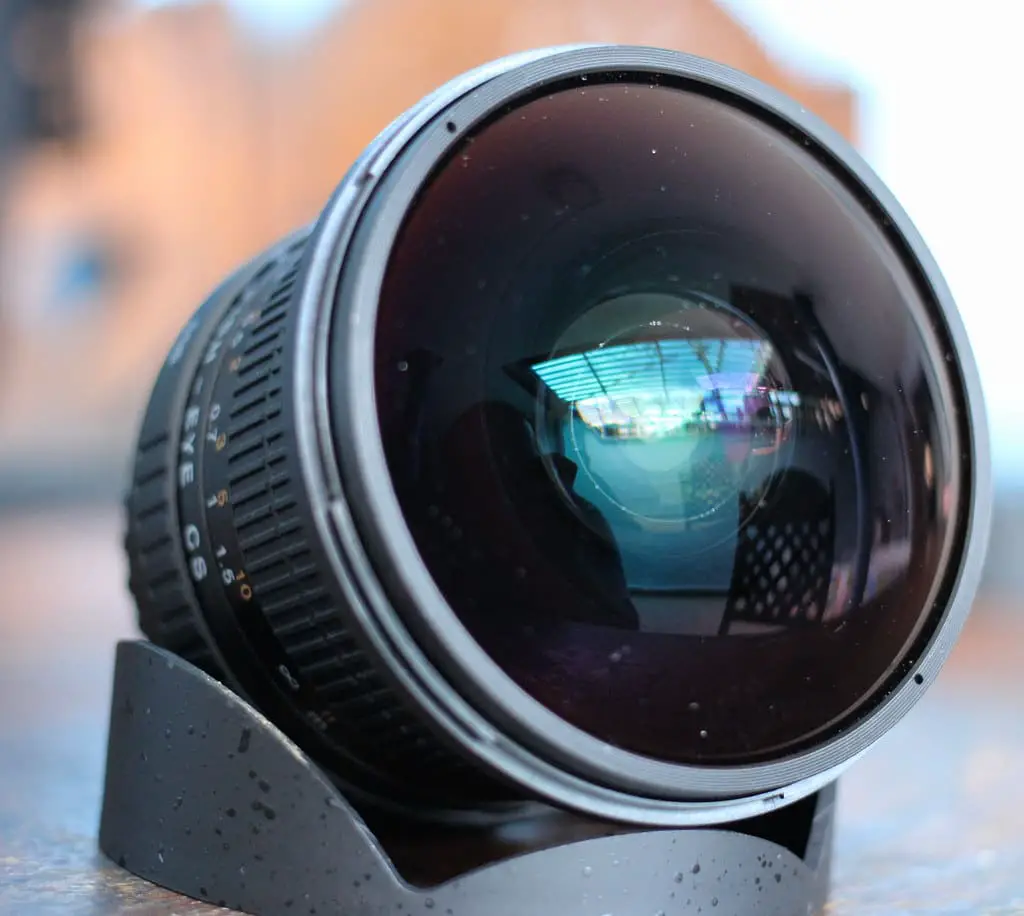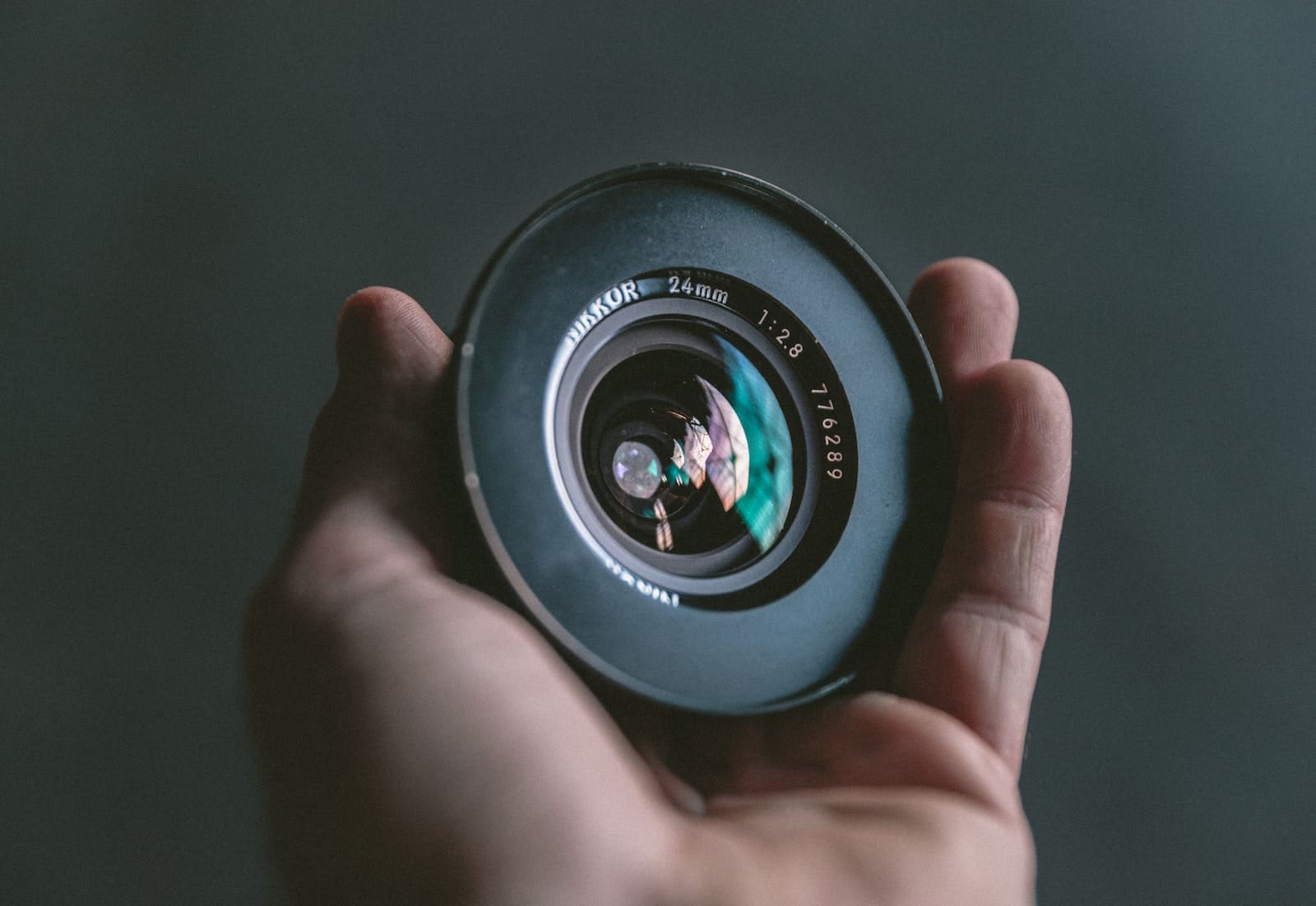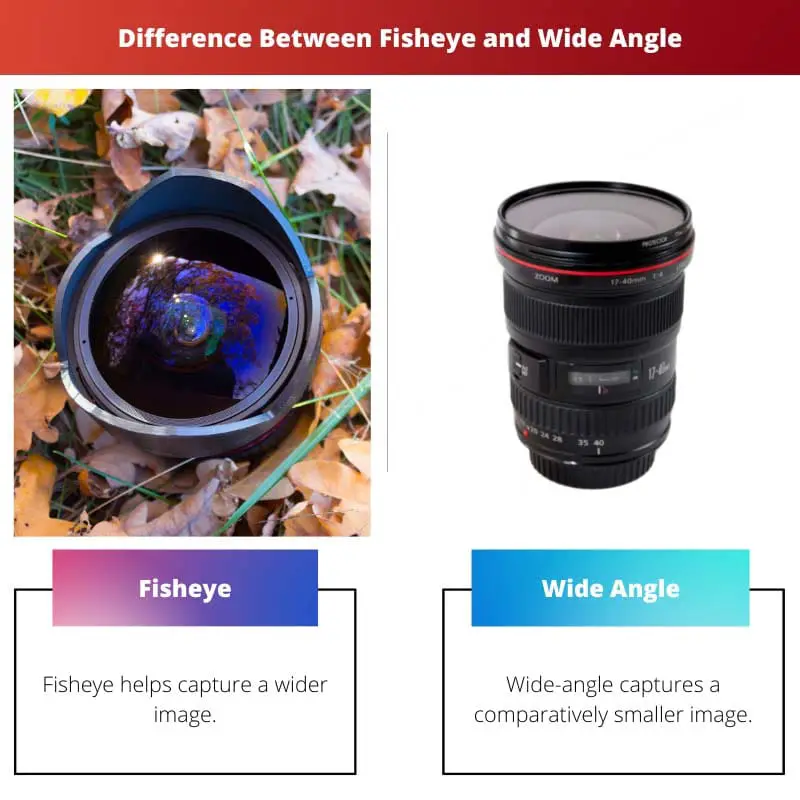You might have heard both terms in landscape photography, but what’s the difference? The answer is focal length, which is the distance between the optical centre of the lens and the optical axis.
The difference between the focal length captures different angles of images giving a broad point of view.
Key Takeaways
- Fisheye lenses produce a distinct, spherical distortion, while wide-angle lenses offer a more natural perspective.
- Fisheye lenses have a wider field of view than wide-angle lenses, capturing up to 180 degrees.
- Wide-angle lenses are more versatile for various photography styles, while fisheye lenses are better suited for creative or specialized applications.
Fisheye vs Wide Angle
Fisheye is a type of camera lens creating a spherical effect. It is used in photography and videography for artistic development or to capture a wider field of view than a standard lens. Wide-angle lenses have a wider angle of view than standard or “normal” lenses, allowing for a larger field of view and creative purposes.

The fisheye angle refers to the extreme fisheye lenses. These lenses are designed to capture panoramic views and exaggerate the distortion by making it appear as if the centre of the image is closer to the camera than the edges.
These lenses have the most excellent angular field of view and are ideal for capturing the natural beauty of landscapes or distant subjects.
A wide-angle lens is a type of lens used to take wide-angle photographs. Wide-angle lenses have a short focal length and a wider field of view than standard lenses.
These lenses can be used for photographing landscapes and large interior spaces.
Comparison Table
| Parameters of Comparison | Fisheye | Wide Angle |
|---|---|---|
| Image | Usually, the rise of capture is 180 degrees or more 200 degrees. | Wide-angle captures a comparatively smaller image. |
| Angle | There is centre image distortion with a fisheye. | A wide-angle lens captures less than 180 degrees. |
| Distortion | Primarily used in landscape photography. | There is no image distortion with a wide angle. |
| Focal Length | Usually, these lenses have a focal length of 10 mm. | Usually, a wide-angle lens has a focal length of 20-24 mm. |
| Best for | They are largely used in architecture, interiors, and real estate photography. | Largely used in architecture, interiors, and real estate photography. |
What is Fisheye?
The term fisheye refers to a fisheye lens. A fisheye lens is a lens that is more circular and creates an effect that mimics the view and appearance of a fish’s eye.
The term fisheye lens refers to an actual lens that makes what is behind the camera and in front of the camera, look distorted and warped.
This lens has a 180-degree field of view and is used for photographing things close up and at a distance.
For example, if the photographer wants to take a picture of a building but wants to show what is around the building and in front of it and the building itself, they would use a fisheye lens.
Fisheye angle is a lens commonly used in photography. It captures a unique effect that creates a big circular image with a distorted view of the photo.
Nikon developed the first fisheye camera for consumers in the early 1970s, and it is called a “Perspective Control” lens.
It can be classified as a subtype of wide-angle lens as regular wide-angle lenses also produce similar images. Still, the only difference lies in the centre distortion produced by the fisheye lens.
A fisheye lens is a wide-angle lens that creates a circular crop of the image.

What Wide Angle?
A wide-angle lens has a wider field of vision than a standard lens that you would use for a set camera. A wide angle allows you to capture more comprehensive images of your surroundings and more extensive scenes and objects.
The focal length of a lens is the distance from the centre of the lens to the optical axis.
A wide-angle lens has a short focal length, which can capture a more comprehensive image than a long-focal lens. In other words, you can fit a lot into the picture you catch using a wide-angle lens.
Wide-angle lenses have a focal length range of 10 – 35mm.
All lenses comprise two pieces and are shaped similarly to a cone. A wide-angle lens is the same, but the cone is bigger than a standard lens.
This way, it can capture more area in your surroundings.
This lens type is suitable for landscapes and significant, open fields since it can capture much space in one shot.
For example, landscape photography, street composition photography, racing photographs, etc. However, unlike fisheye lenses, they do not produce any distortions.

Main Differences Between Fisheye and Wide Angle
- A fisheye should capture 180 degrees or more, bu8t wide-angle lens should capture about 100-120 degrees.
- A fisheye lens or camera is more costly than a wide-angle lens which comes at three fourth of its price.
- Fisheye will give you a more dramatic perspective of the same view than a wide-angle lens.
- A fisheye lens is a photography lens that produces strong visual distortion intended to give viewers the sensation that they are within the scene being photographed. But no such distortion is observed in wide-angle images.
- A fisheye lens is characterized by its extreme circular view, much like the human eye. These lenses are used for their unique ability to distort the image and create a powerful sense of depth, while wide-angle gives the perspective of a panoramic image.

- https://dl.acm.org/doi/abs/10.1145/22339.22342
- https://www.spiedigitallibrary.org/conference-proceedings-of-spie/0237/0000/Wide-Angle-Lens-Systems/10.1117/12.959125.short

The comparison is quite remarkable, providing a very broad and detailed view of the differences between the two types of lenses. A commendable article indeed!
This post is highly beneficial for individuals looking to grasp a deeper understanding of lens types and their uses. Great job on the detailed comparison!
The differences between fisheye and wide-angle lenses are excellently outlined here. It’s good to know the principles and characteristics of these lenses.
Indeed, the comprehensive information provided in this article enlightens readers about the key discrepancies between fisheye and wide-angle lenses.
This insightful comparison of fisheye and wide-angle lenses is truly impressive. The article is an enlightening resource for anyone interested in photography.
The detailed information in this article is quite extensive and invaluable. It provides an effective analysis of fisheye and wide-angle lenses, making it a very informative read.
Agreed! The comprehensive nature of the information can greatly benefit photography enthusiasts.
Absolutely! The details are crucial for aspiring photographers and videographers.
This article gives a very insightful perspective regarding the differences of fisheye and wide-angle lenses. A very informative and educational post to further understand these lenses.
I agree! The extensive detailing will surely help a lot of people in the fields of photography and videography.